Winter wheat is a cereal grain crop, which is of value not only in the production of food products (flour, pasta and cereals), but also in animal husbandry, where it is used for the manufacture of hard and concentrated feeds.
Material Content:
Characterization of culture and developmental phases
The crop is a herbaceous plant with erect, bare shoots developing from basal leaves of a lanceolate form. Their height can vary from 30 to 150 cm, depending on the height of the variety. The inflorescence is represented by a complex spikelet consisting of small spikelets located in two longitudinal rows relative to the common axis. The root system is fibrous.
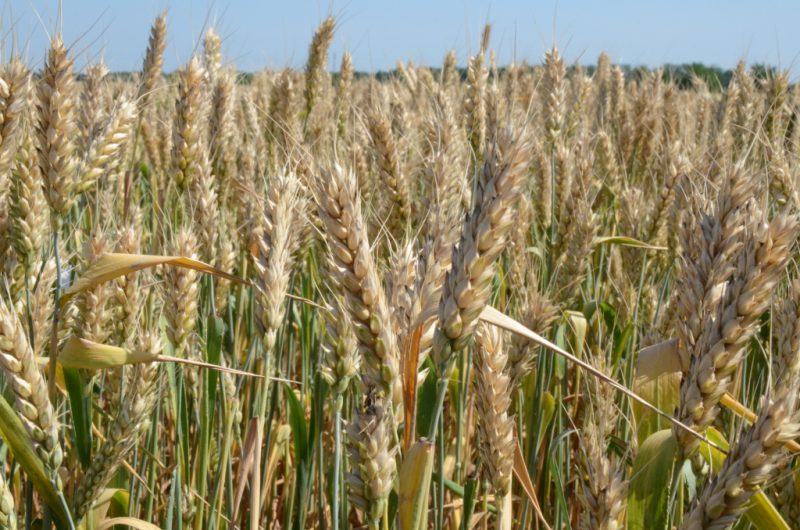
In winter wheat, 6 developmental phases are distinguished, the boundaries of which can be blurred due to the characteristics of each agricultural climate zone:
- Seedlings - germination of seed, which takes from 2 to 4 weeks. The timing of emergence of seedlings depends on the presence of moisture and the depth of seed placement.
- Tillering is the appearance of a secondary root system and lateral shoots associated with the presence of a sufficient amount of nitrogen, potassium and phosphorus fertilizers. In the tillering phase, winter wheat best tolerates winter.
- Exit to the tube - the phase is noted after the resumption of spring vegetation a month later, when the first internodes appear on the productive stems.
- Earing - the formation of a common spike with spikelets.
- Flowering - a phase lasting a week occurs 5 days after the formation of spikelets.
- Ripening is a continuous phase during which the formed grains lose moisture.Depending on the availability of water, the stage is divided into milk, wax and full ripeness, when only 15 - 20% moisture is left in the grains.
What is the difference between winter wheat and spring wheat
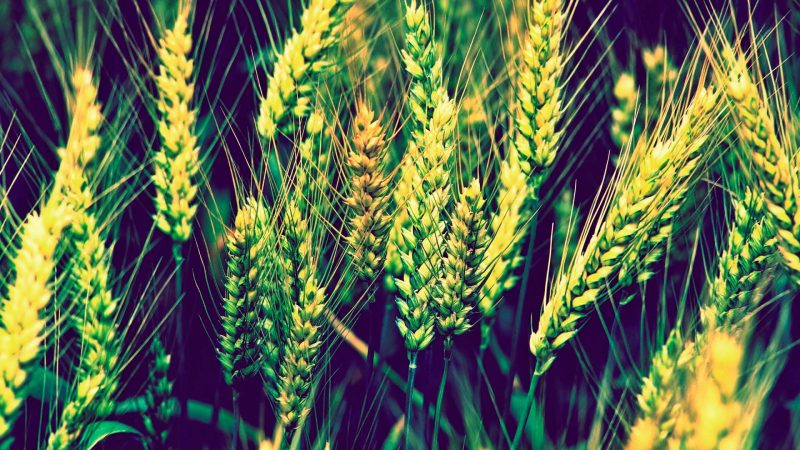
There are three main differences between spring and winter wheat:
- Growing season. In the first case, the vegetation takes, on average, 280 days, and in the second - 100 days.
- Fertile layer. From it, winter culture draws strength for tillering. Depleted soil and a deficiency of macronutrients in the soil, such as phosphorus, potassium and nitrogen, can lead to the departure of wheat in the winter in an unfilled state and, as a consequence, to an under-harvest.
- Demanding ph-factor soil. When sowing winter wheat on black soil or dark chestnut soils with a coefficient of 6.0 - 7.0, a high yield can be expected.
Plant cultivation technology
The technology of growing winter wheat is a set of techniques, including organizational, economic, agricultural and protective measures that are carried out in order to create conditions favorable for the growth and development of culture.
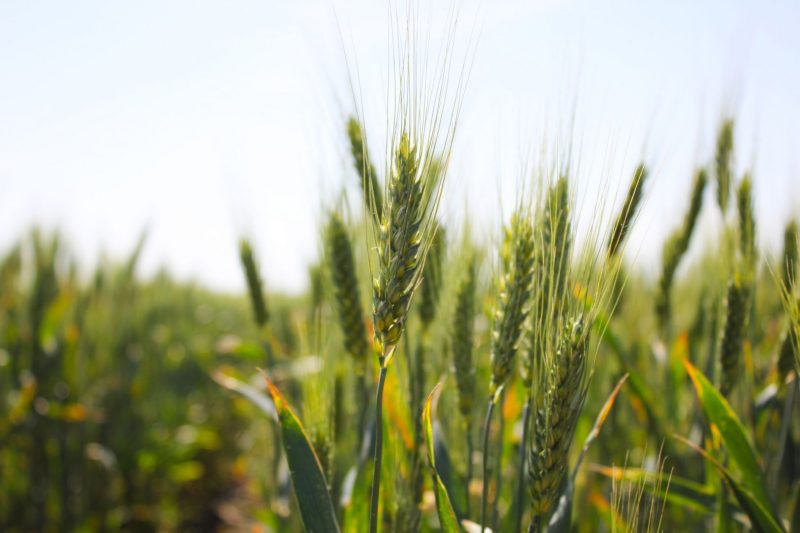
There are several approaches, each of which has its pros and cons:
- traditional technology;
- minimal technology;
- intensive cultivation technology.
How and when to sow in open ground
To get a good wheat crop, it is necessary to observe the optimal sowing dates, which directly depend on the climatic zone of crop cultivation, as well as on soil fertility and moisture reserves.
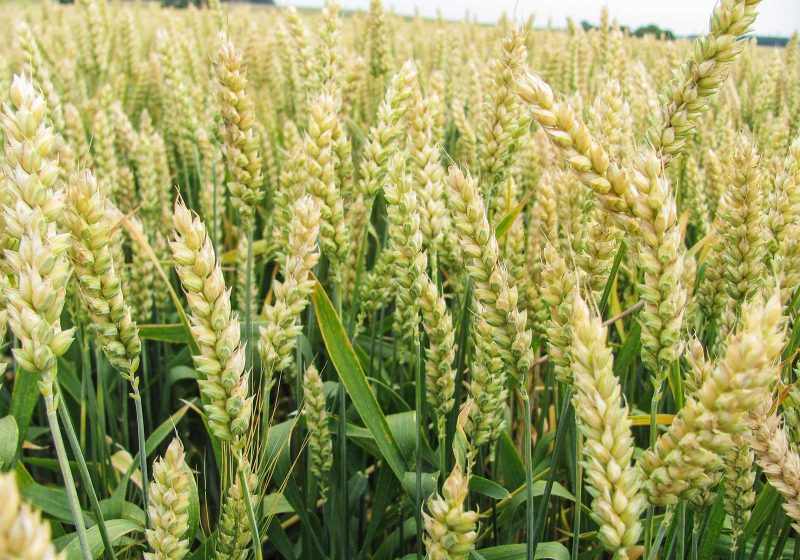
As a rule, sowing occurs in the month of September.
Proper sowing is the key to high productivity.
To get friendly shoots, it is necessary to carry out a number of events:
- The choice of the predecessor. Wheat will maximize its potential after black steam, perennial grasses, legumes and corn for silage.
- Soil treatment. The soil should be treated immediately after harvesting the predecessor by peeling, disking or plowing, depending on the weed vegetation and dry soil. In arid zones, deep plowing is not recommended to minimize moisture loss. When processing the soil, ammophos or nitroammophoska must be introduced, providing future crops with nutrients. Immediately before sowing, the field is cultivated and harrowed.
- Dressing. Before sowing, winter wheat seeds are to be treated with complex dressing agents that protect crops from diseases and pests.
- Sowing. Sowing of the prepared seed is carried out at the rate of 160 - 250 kg / m2 with a planting depth of 3 - 5 cm. Factors affecting the large difference in values are the presence of moisture reserves, the fertility of the layer and the depth of freezing of the soil in winter.
Proper Wheat Care
Intensive cultivation technology, which in a market economy has taken a leading place, provides for the implementation of a number of techniques.
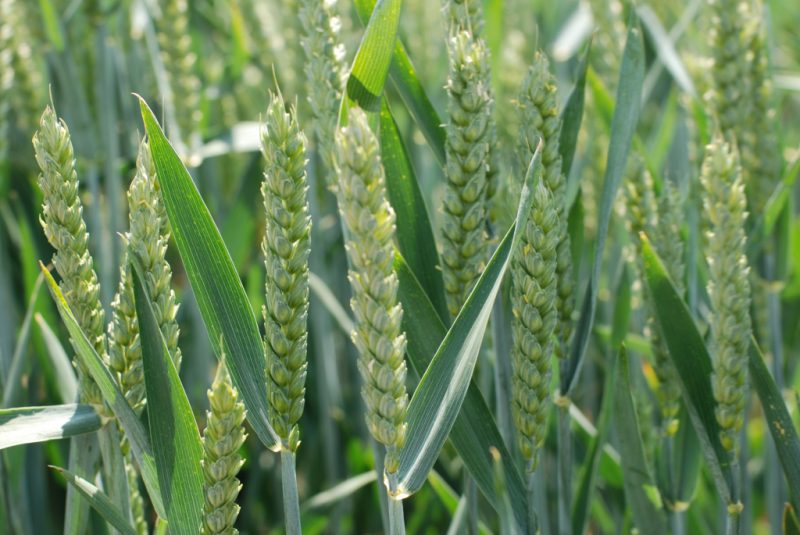
During the growing season, winter wheat is fed several times:
- On frozen ground, weakened crops, the state of which is determined in mid-winter by selection of monoliths, are fed with ammonium nitrate.
- In the phase of entering the tube, the soil is enriched with complex mineral fertilizers.
- To improve the quality of grain in the earing phase, foliar feeding of urea is carried out.
Disease and Weed Treatment
In addition to fertilizing, with the advent of spring, an integrated protection of crops from lodging, weeds, diseases and pests is carried out.
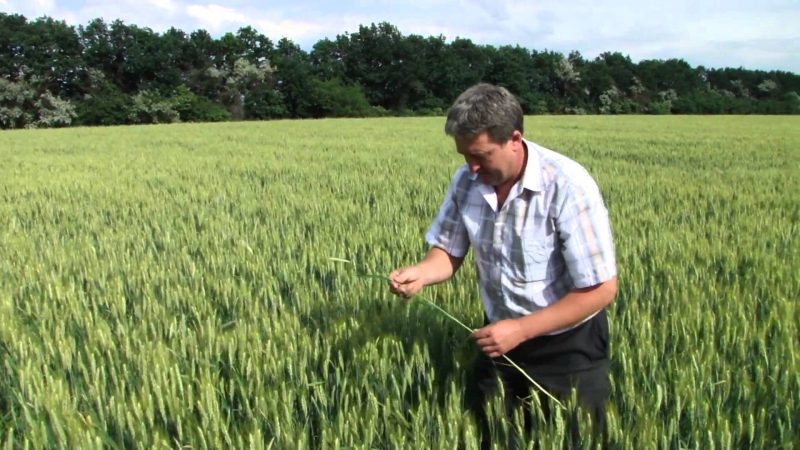
- Thickened crops in the early spring are harrowed with the simultaneous removal of weeds, which prevents the intensive development of powdery mildew.
- To combat weeds, which can cause crop shortages, it is also recommended to use herbicides for crops.
- If during sowing no etching with an insecticidal preparation was carried out, then with the beginning of feeding of the ground beetle larvae, which is already observed in early spring, it is recommended to spray with tank mixtures with the inclusion of an insecticide and fungicide.
- In April, the population of crops was marked by a bug bug, which must be controlled with insecticides at a population of 3 ind./ m².
- At all stages of development against rust, powdery mildew and septoria, diluted fungicides are used according to the instructions for use.
Important! 20 days before harvesting, treatments using pesticides are discontinued.
Harvesting Winter Wheat
The achievement of full ripeness of winter wheat grains signals the need to start harvesting. Harvest preservation will depend on its speed: harvesting, 15 days after reaching full ripeness, threatens with a loss of 25% of the crop.

The optimal harvesting time is 7 days, at which direct or separate combine harvesting can be used:
- Valuable varieties of wheat, testes are harvested by direct combining, in which the herbage is mowed, immediately threshed, cleaned and transported to a current for drying.
- Separate combining is applied to crops that are too clogged or damaged by precipitation, when the herbage is mowed and collected in rolls, which are picked up and threshed after drying.
Thus, when growing winter wheat, which can demonstrate a very high yield, it is necessary to strictly follow the cultivation technology in order for the expected result to become a reality.












